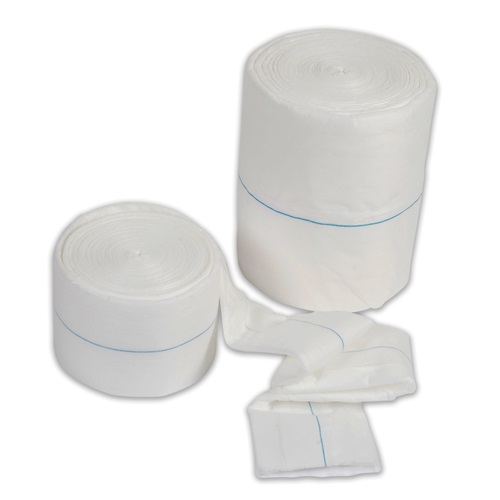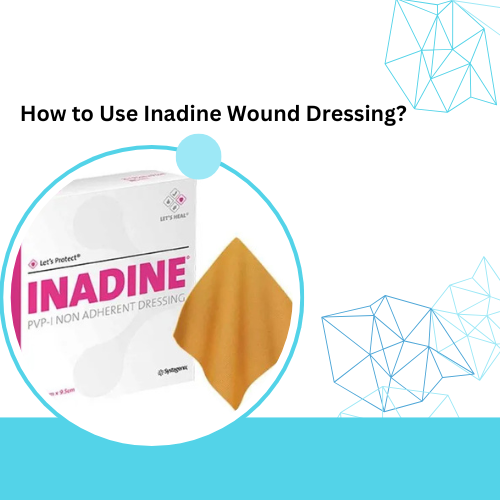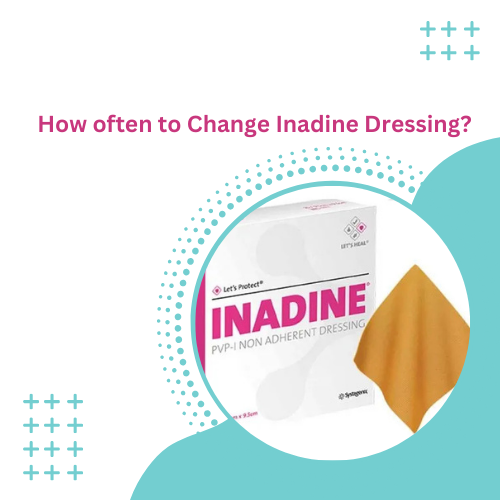Combine Dressing is a specialized technique in the realm of fashion and garment design that emphasizes the art of blending various elements—be it fabrics, patterns, or styles—into a cohesive and visually striking ensemble. This approach allows individuals to express their creativity and personal style by mixing and matching different textiles and designs, creating unique outfits that stand out. In an era where self-expression through fashion is increasingly celebrated, Combine Dressing offers endless possibilities for innovative combinations, pushing the boundaries of traditional styling and inviting wearers to embrace their individuality. Whether for casual wear or more formal occasions, this technique highlights the beauty of diversity in fashion, encouraging a fresh perspective on how we view and wear clothing.
What is a Combine Dressing?
Combine Dressing is a crucial technique in agriculture, specifically designed for the efficient harvesting of crops using a combine harvester. This method combines multiple steps of the harvesting process—cutting, threshing, and separating grain—into a single operation, streamlining the workflow and significantly enhancing productivity.
A combine harvester operates by first cutting the crop at its base, then feeding it into the machine where the grain is separated from the chaff and straw. This innovative approach not only saves time but also reduces labor costs, making it an essential tool for modern farmers. With advancements in technology, today’s combines are equipped with features that improve precision and efficiency, allowing for better yield management and reduced waste.
In addition to its practical benefits, Combine Dressing is also environmentally friendly. By minimizing the number of passes needed to harvest a field, it helps preserve soil structure and reduce fuel consumption. Overall, Combine Dressing represents a significant evolution in agricultural practices, contributing to higher yields and more sustainable operations. Whether you’re a seasoned farmer or simply curious about agricultural technology, understanding Combine Dressing can provide valuable insights into the future of food production.
What is a Combine Dressing Roll Used For?
A combine dressing roll, often referred to as a dressing roller, is used in the agricultural process to enhance soil preparation after harvesting. Its primary functions include:
1. Soil Leveling: The dressing roll helps to smooth out the soil surface, filling in any ruts or uneven areas created by harvesting equipment. This promotes better seed-to-soil contact for subsequent planting.
2. Soil Consolidation: By compacting the soil, the roll helps create a firm seedbed, which can improve seed germination and establishment.
3. Weed Control: It can also assist in controlling weeds by crushing them or burying their seeds, reducing competition for nutrients in the next crop cycle.
4. Moisture Retention: The compaction and leveling can help retain moisture in the soil, which is beneficial for crops, especially in dry conditions.
Overall, a combine dressing roll is a valuable tool for preparing the land for future planting and optimizing agricultural productivity.
How to Use a Combine Dressing?
Using a combine dressing, typically referring to a dressing roller in agriculture, involves several steps to ensure effective soil preparation after harvesting. Here’s a guide on how to use it:
1. Preparation:
– Inspect the Equipment: Before use, check the dressing roller for any damage or wear. Ensure that all parts are functioning properly.
– Adjust Settings: Depending on the soil type and moisture conditions, adjust the roller’s settings (such as depth of operation) to suit your specific needs.
2. Timing:
– Choose the Right Time: Ideally, use the combine dressing roller shortly after harvesting, when the soil is moist but not overly wet. This helps in achieving optimal soil consolidation.
3. Operation:
– Attach to Tractor: Connect the dressing roller to your tractor or other suitable equipment. Ensure it is securely attached and balanced.
– Drive at a Steady Speed: Operate the tractor at a consistent speed across the field. This ensures even coverage and effective soil compaction.
– Overlap Passes: Slightly overlap each pass to ensure that no areas are missed, especially in uneven fields.
4. Monitor Results:
– Check Soil Condition: After rolling, inspect the soil to ensure it is adequately leveled and compacted. Adjust your technique if necessary for better results.
– Adjust as Needed: If the soil is too hard or too soft, you may need to adjust the roller settings or the timing of your operation for future uses.
5. Post-Use Care:
– Clean the Equipment: After use, clean the dressing roller to remove soil and debris. This helps maintain its condition and prolong its lifespan.
– Store Properly: Store the roller in a dry, sheltered area to protect it from the elements when not in use.
Tips
– Soil Type Consideration: Different soil types may require different approaches. Sandy soils may need less compaction, while clay soils may benefit more from it.
– Moisture Management: Avoid using the roller on overly wet soil, as this can lead to soil compaction issues and negatively affect future planting.
By following these steps, you can effectively use a combine dressing roller to prepare your fields for the next planting season, enhancing soil health and optimizing crop production.
Where to Buy Combine Dressing?
If you’re looking to buy combine dressing, Joya Medical Supplies is a great option. They typically offer a range of medical and healthcare products, including various types of dressings. Always ensure that you’re purchasing from a reputable source to guarantee the quality of the medical supplies.
Conclusion
In summary, a combine dressing refers to a vital technique in agricultural practices that enhances the efficiency of crop harvesting and soil preparation. By utilizing a combine harvester, farmers can streamline the processes of cutting, threshing, and separating grains, significantly increasing productivity while reducing labor costs. This method not only optimizes resource management but also contributes to sustainable by minimizing soil disruption and preserving moisture.
Understanding and effectively applying combine dressing techniques can lead to improved yields and healthier soils, making it an essential aspect of modern agriculture. As technology continues to evolve, the benefits of combine dressing will likely expand, further transforming how we approach crop production and land management.




